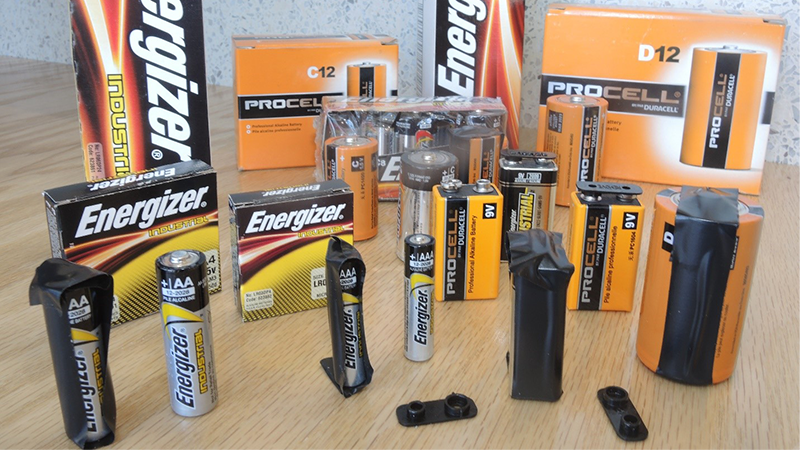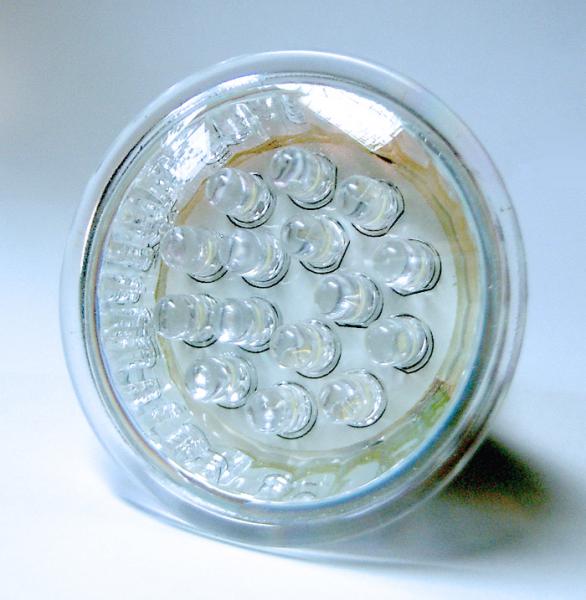So far this year, Fairfax County has experienced four battery-related fires. In 2018, there were six fires caused by batteries. As these numbers increase, so must awareness of the proper storage, recycling and disposal of all batteries.
STORAGE
Alkaline / single-use batteries (AA, AAA, 9V, C or D cell) should be stored using the following guidelines:
- Keep in their original packaging
- Store standing up
- Use a battery storage container/organizer (designed to keep batteries secure/separate)
- Never store batteries loose
- Keep in dry storage area
- Do not carry loose batteries in your pocket or purse
- Cover terminal ends with electrical tape until ready to use
- Do not toss batteries in a junk drawer with other metal objects
RECYCLING
There are four types of rechargeable batteries: lithium ion, nickel cadmium (ni-cad), nickel metal hydride and small sealed lead acid batteries (SSLA's under 2 lbs.) These should never be thrown away, but instead recycled. When damaged or exposed, these batteries pose a major fire hazard.
Any rechargeable electronic device has a rechargeable battery. Examples include laptop computers, remote control toys, portable power tools, video cameras, cell or cordless phones and walkie talkies. After a certain number of uses, these batteries can no longer hold a charge and need to be recycled.
Additionally, damaged, defective and recalled batteries should be recycled.
Batteries labeled with Alkaline that are single-use (AA, AAA, 9V, C, or D cell) do not need recycling. Due to the Mercury-Containing and Rechargeable Battery Management Act passed in 1996 that phased out the use of mercury in alkaline batteries, single-use batteries are less of an issue when disposed in landfills. However, all batteries could pose a potential fire hazard if under the right conditions. Therefore, take the precautions listed in the next section for the proper disposal of single-use batteries.
DISPOSAL
When discarding Alkaline/single-use batteries (AA, AAA, 9V, C or D cell) in your household trash, follow one of these safety procedures before throwing them away to prevent an accidental fire.
- Place a piece of electrical tape over both ends (+/-) of the battery.
- Place batteries separately in a sealed plastic bag
- Place batteries in their original packaging, sealed with tape.



 Light-emitting diode bulbs are not accepted in curbside recycling bins; however, Fairfax County residents may bring LEDs to the county’s two household hazardous waste drop-off areas for recycling. The drop-off areas are located at the
Light-emitting diode bulbs are not accepted in curbside recycling bins; however, Fairfax County residents may bring LEDs to the county’s two household hazardous waste drop-off areas for recycling. The drop-off areas are located at the